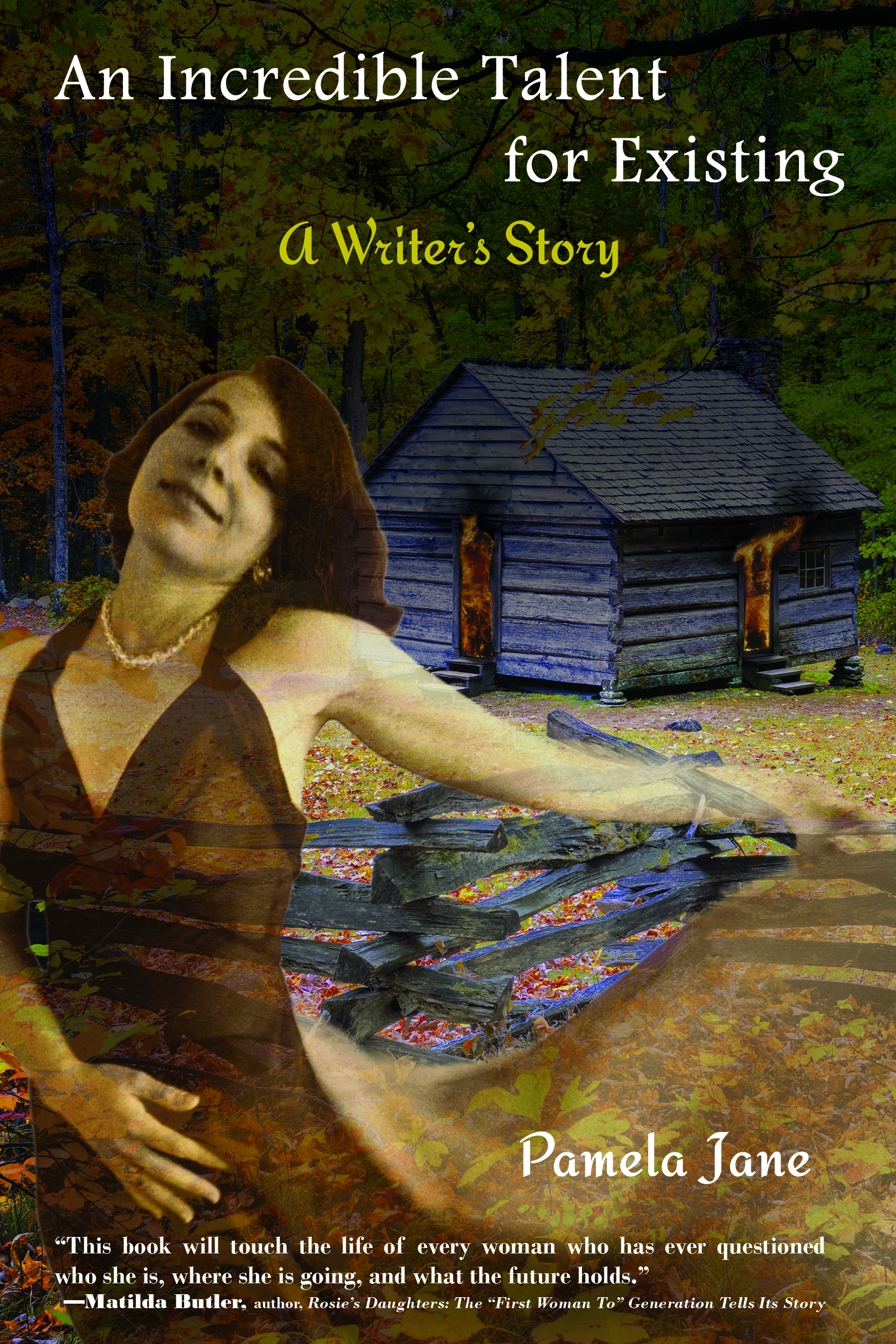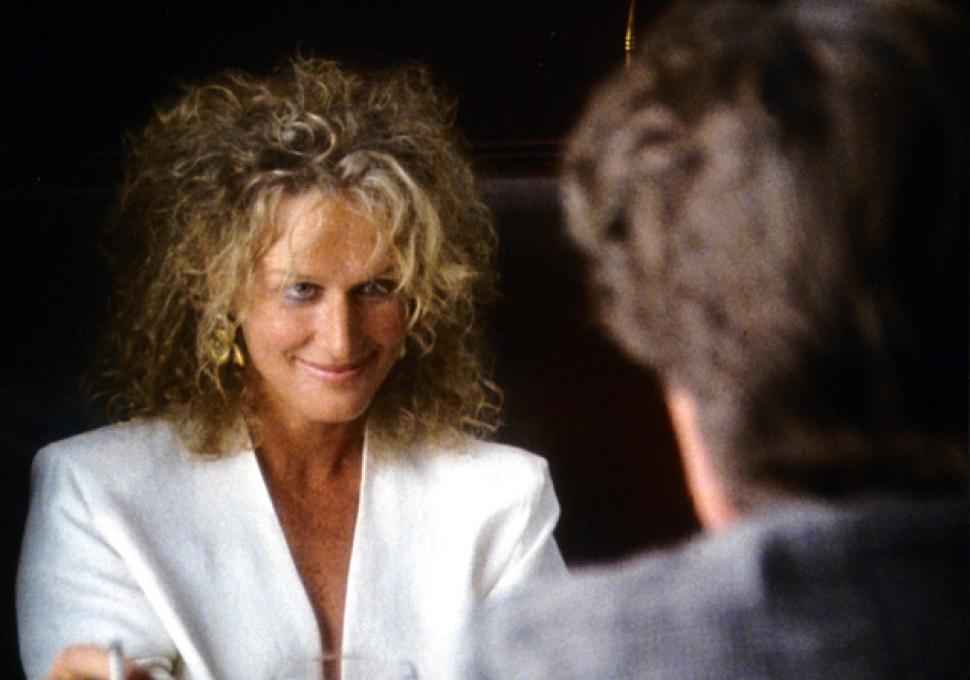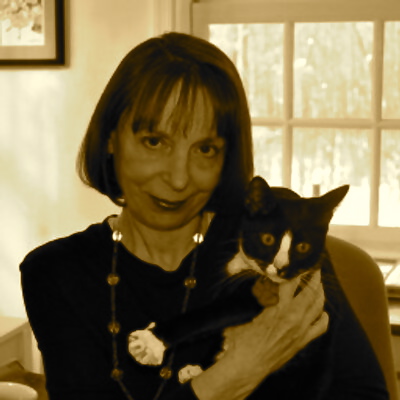 Today I welcome prolific children’s author Pamela Jane back to Colloquium. Pamela has penned a “personal, political, and psychological adventure” story chronicling her life that has been described as “the story of hundreds of thousands of women” who lived through the 60’s.
Today I welcome prolific children’s author Pamela Jane back to Colloquium. Pamela has penned a “personal, political, and psychological adventure” story chronicling her life that has been described as “the story of hundreds of thousands of women” who lived through the 60’s.
Fade-in or Fade-out?
Writing About Sex in Your Memoir
by
Pamela Jane
When it comes to reading and writing about sex, I prefer the fade-out. For me, the unstated or implied (i.e., fade-out) is more erotic than graphic details. Maybe that’s why I’m a Janeite (Jane Austen fan). Jane is a master of the fade-out; no one writes about sex like Jane (I call it sub-sexting).
We all have specific tastes and predilections when reading and writing about sex, but following are some suggestions to help you create memorable and affecting sex scenes:
1. Sometimes you have to fade in
Although I favor the fade-out, there are times when you have to fade in, for example if the graphic details are intrinsic to your story style or substance. This was the case with an essay I wrote recently about a short-lived affair (if you can call it that) I had in my twenties with a wealthy entrepreneur I imagined I was in love with. As it turned out, the sex was gritty, harsh, and unfeeling, and any love fantasies I had quickly evaporated. To tell this story I had to fade in, because the graphic details were the story.
2. Put Sex in Context
Good sex writing (and good sex) has context. As Patrick Swayze said so eloquently about Dirty Dancing, [sex] is not just about “sucking face.” It’s about souls, about recognition, about the past, and anything else we bring to the experience.
 A friend of mine once commented that classic movies have love but no sex, whereas modern movies have sex but no love. Happily, there are exceptions to the latter, but the modern sex-without-love movie brings to mind the “kitchen sink” scene in Fatal Attraction. I’m quite fond of this movie, but for me this first sex scene has no erotic appeal. It looks like the Glenn Close character could be breaking dishes with her hands flailing wildly behind her – how sexy is that? And the lovers hardly know each other; there is no context. Compare that to the Carey Grant and Ingrid Bergman kissing scene in another thriller – Notorious (1946). Because of censorship at the time about how long a kiss could be, the actors had to do the scene in a series of short kisses. There are no dishes breaking, but the characters move in a complex world of love, conflict, and danger which provides a rich ambiance for passion, making it one of the most erotic scenes on film.
A friend of mine once commented that classic movies have love but no sex, whereas modern movies have sex but no love. Happily, there are exceptions to the latter, but the modern sex-without-love movie brings to mind the “kitchen sink” scene in Fatal Attraction. I’m quite fond of this movie, but for me this first sex scene has no erotic appeal. It looks like the Glenn Close character could be breaking dishes with her hands flailing wildly behind her – how sexy is that? And the lovers hardly know each other; there is no context. Compare that to the Carey Grant and Ingrid Bergman kissing scene in another thriller – Notorious (1946). Because of censorship at the time about how long a kiss could be, the actors had to do the scene in a series of short kisses. There are no dishes breaking, but the characters move in a complex world of love, conflict, and danger which provides a rich ambiance for passion, making it one of the most erotic scenes on film.
Of course lots of people love the Fatal Attraction kitchen-sink scene, which is what I mean about eroticism being personal.
3. The sex must be crucial to the narrative
Just as you can’t include a random joke that has no relationship to your storyline (as tempting as that is!), gratuitous sex scenes won’t add anything either. But sex that is snugly woven into the story will add richness, depth, and even humor.
Sometimes what brings a sex scene to life are surrounding details. One chapter of my memoir describes a ménage à trois, and how claustrophobic I felt lying in a loft bed between two guys. The whole affair was claustrophobic but the loft bed so close to the ceiling that you couldn’t sit up brought it home, so to speak.
However you decide to write or not write about sex, the most important thing is for you to feel comfortable or at least right about what you are going to publish and go public with, especially in a memoir. Listen to your own inner signals and then tell the truth – according to you.
Meet Pamela

Pride and Prejudice and Kitties: A Cat-Lover’s Romp Through Jane Austen Classic, written with co-author Deborah Guyol, was featured in The Wall Street Journal, The Huffington Post, ALA Booklist, and BBC America. The Daily Dot raved, “Forget zombies, Jane Austen + kitties = brilliance.”
Pamela is also a writer and editor for Women’s Memoirs, and has published essays and short stories in The Antigonish Review and The Philadelphia Inquirer. Literary Mama published her essay The Ambivalent Agnostic: An Adoption Story. An excerpt of An Incredible Talent for Existing: A Writer’s Memoir appears in the March 2016 issue of The Writer. Pamela is currently at work on a humorous travelogue about living abroad with my family in Florence, Italy.
Read Pamela’s blog and follow her on Twitter. And enjoy Pamela’s previous guest post, There Can Never Be Too Much Starlight.
Enter to Win a Copy of An Incredible Talent for Existing: A Writer’s Memoir
Author Pamela Jane has generously provided one copy of An Incredible Talent for Existing: A Writer’s Memoir to be awarded to one lucky Colloquium reader!



Comments are closed.